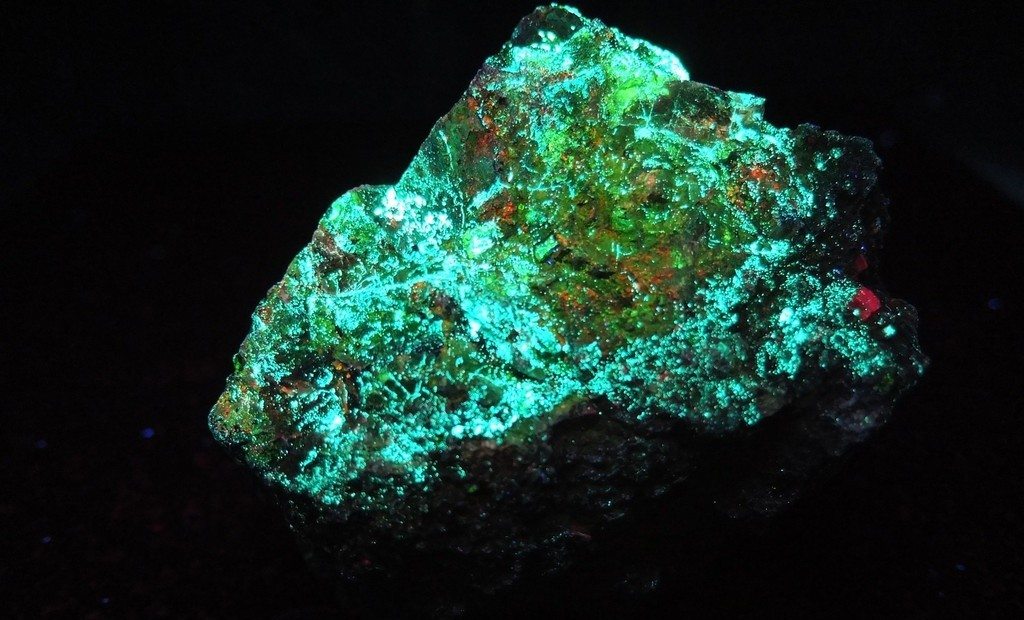
In a groundbreaking study published by the American Chemical Society’s ACS Central Science, researchers in China have unveiled a promising breakthrough in uranium extraction from seawater. Leveraging a novel material based on amidoxime chemical groups, the study introduces a more efficient electrochemical extraction technology, potentially offering an environmentally sustainable source of fuel for nuclear power plants. With the estimated presence of 4.5 billion tons of dissolved uranium ions in Earth’s oceans, over 1,000 times the known land-based uranium reservoir, this innovative approach holds the key to unlocking a vast, untapped resource.
Uranium Bounty in the Seas:
- Abundant Marine Uranium Reservoir:
The study highlights the estimations by the Nuclear Energy Agency, indicating the presence of 4.5 billion tons of uranium in the Earth’s oceans as dissolved uranium ions. This staggering figure far surpasses the known land-based uranium deposits, positioning marine uranium as a potentially significant source for the nuclear energy industry. - Challenges of Existing Extraction Systems:
While marine uranium holds immense potential, the available surface area of existing materials for efficient extraction is a limiting factor. Traditional methods struggle to capture uranium ions effectively due to inadequate surface area, prompting the need for innovative solutions to harness this abundant resource.
Amidoximes as a Solution:
- Development of Amidoxime-Coated Electrodes:
To overcome the surface area challenge, researchers coated flexible carbon cloth electrodes with monomers, which were subsequently polymerized and treated with hydroxylamine hydrochloride. This process introduced amidoxime chemical groups to the polymers, creating a microstructure with numerous tiny pockets capable of efficiently trapping uranium ions. - Testing in the Bohai Sea:
Seawater from the Bohai Sea off the east coast of China served as the testing ground for the newly developed amidoxime-coated electrodes. Over a 24-day period, the specially treated electrodes demonstrated an impressive extraction capacity, retrieving 12.6 milligrams of uranium per gram of water. Notably, this amount surpassed the yields of other methods explored in the study. - Enhanced Speed of Extraction:
The novel amidoxime-based method showcased an exceptional extraction speed, outperforming natural ion accumulation on the cloth by three times. This acceleration in the uranium extraction process presents a significant advancement, potentially making marine uranium a more viable and time-efficient source for nuclear fuel.
Implications for Nuclear Power Plants:
- New Source of Fuel for Nuclear Power Plants:
The study’s findings suggest a transformative shift in uranium extraction, opening the door to harnessing Earth’s oceans as a new and substantial source of fuel for nuclear power plants. The amidoxime-based method offers not only increased efficiency but also a sustainable approach to meet the growing energy demands of the future. - Environmental Sustainability:
With a focus on sustainability, the proposed method could significantly reduce the environmental impact of uranium extraction. By maximizing the potential of marine uranium, the nuclear energy industry may embrace a more eco-friendly and responsible approach to fuel production.
The groundbreaking research on amidoxime-coated electrodes marks a significant leap forward in the quest for efficient uranium extraction from seawater. With the potential to revolutionize the nuclear energy industry, this innovative method paves the way for utilizing Earth’s oceans as a substantial and sustainable source of nuclear fuel. As scientists continue to explore and refine these technologies, the promise of a cleaner, more abundant, and environmentally responsible energy future comes into sharper focus.





